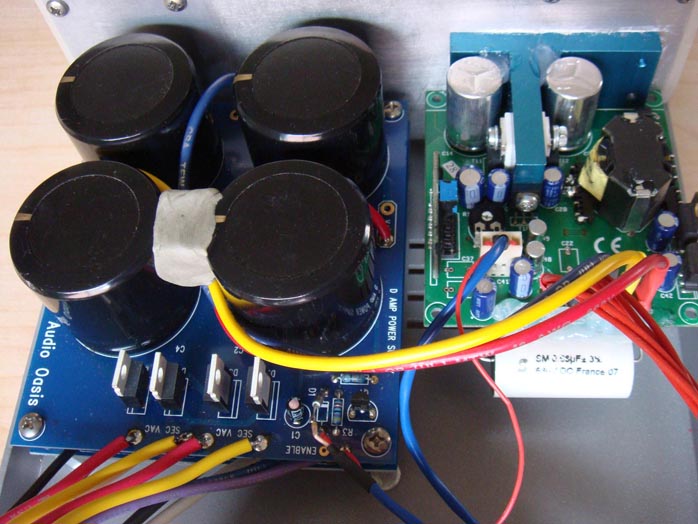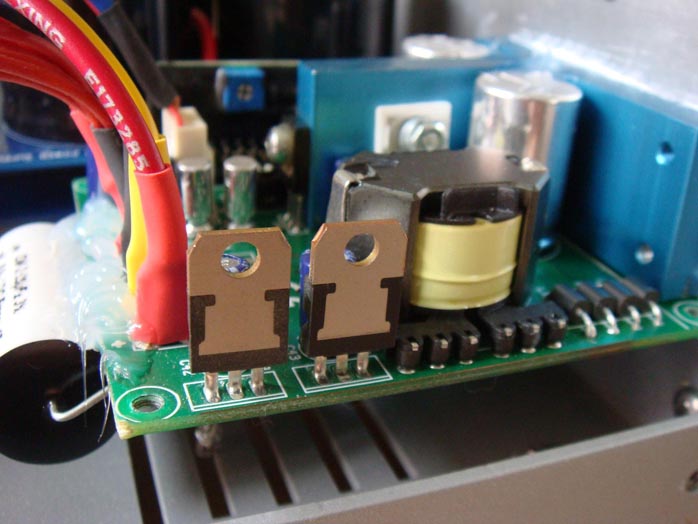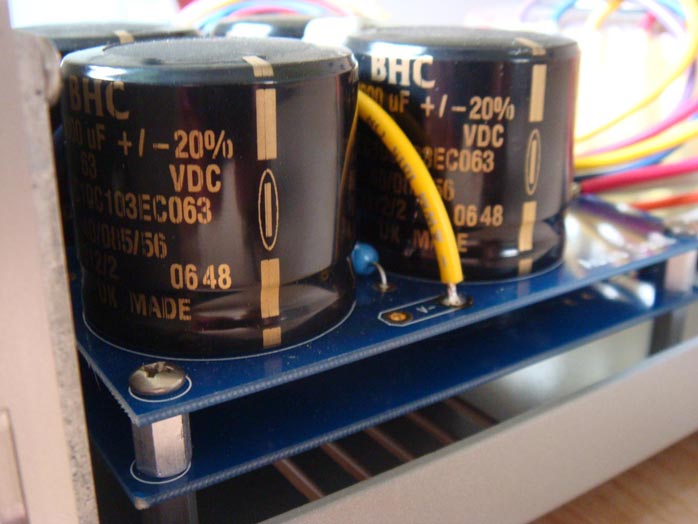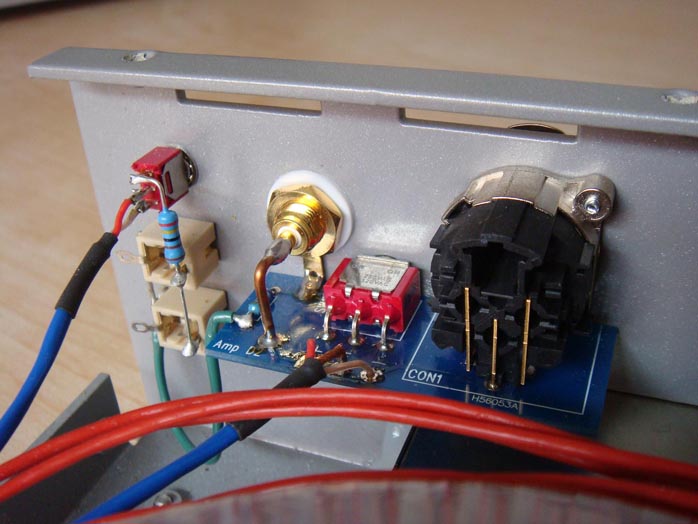This review page is supported in part by the sponsors whose ad banners are displayed below |
 |
 |
I cannot say how the D2SE compares to the standard D2 version since I reviewed the latter over a year ago. However, my aural memory suggests greater refinement and dimensionality with the tricked-out version. According to George, the BHC caps in the power supply and the higher quality op-amp on the Hypex board offer greater headroom, speed, clarity and a more dimensional soundstage. These indeed were the areas where I thought the D2SE excelled.

During my review time, I was struck by how much the Audio Zone monos reminded me of the Wyred4Sound SX-1000 I reviewed previously and still had on hand. As I reread my review of the latter, I realized that I could write a near identical sonic description now as both Class D amps sounded remarkably similar. What differences they had were minute and quite possibly inconsequential to many ears.
|
|
|
Overall, I would characterize the PRE-A1/AMP-D2SE combo as sounding neutral with a slightly
laid-back perspective. The action happens behind the plane of the speakers and by neutral, I
mean harmonically subtractive rather than additive such as with some tube amps for example.
This clean precise combo was simply about reproducing the incoming signal with as little overt
character as possible. Do not expect a rich rosy warm glow if that’s what you hanker after unless
your sources and speakers are voiced accordingly.

On the other hand, if you get hot about inner
detail, nuance and the interactions between performers, this Audio Zone set just might be the
ticket. I observed no artificial spotlighting or chiseled- from-stone imaging nor was there any of
the fuzziness and midrange warmth sometimes heard from their thermionic brethren. The treble
range was fairly extended and open with a good degree of sparkle yet also sweet without a hint of
aggression or undue brightness unless it was in the recording. The bass and lower mids were
weighty and powerful. Voices were rendered naturally without excessive sibilance. The midrange
was a little recessed, certainly not thin but lacking that last bit of body or fullness.

Curiously with
most Class D amps I have heard, the bass was not what I would have expected given their power
ratings. Many solid-state amps rated at over 200 watts for example sometimes possess a
ridiculously deep and overbearing bass that I often refer to-as does our editor-as cyborg bass,
meaning a completely unnatural effect little to do with music. In many respects, class D bass is
similar to that of a good tube amp, i.e. fluid, articulate with just the right amount of extension and
depth down low. The AMP-D2SE possessed this type of bass character. It served the music
rather than the sound if you catch my drift.

On the other hand, it could be that the power ratings offered by the makers of various class D modules are less than honest. That’s hard to confirm
without a bench full of test equipment. Nevertheless, I’ll take the 100 watts of Class D bass over
the 500 watts of the Terminator variety any day. Dynamic graduations between soft and loud
were superb as was transient fidelity. These were indeed vibrant sounding amps that gave music
a sense of the forward momentum, verve and excitement of live music.
|
|
|
While the AZ monos leaned slightly to the subtractive side of harmonic neutrality, the ICEpower
W4S was a touch more additive. Its lower midrange and upper bass were a tad juicier and thicker
than the AZ monos’. The D2SE were also a little lighter on their feet. Notes let go a bit more
freely. However, those differences were quite subtle and required considerable comparisons to
nail down. Also, keep in mind that a different preamp perhaps of the tubular persuasion could
dramatically alter those sonic perceptions.
|
 |
|
 |
|